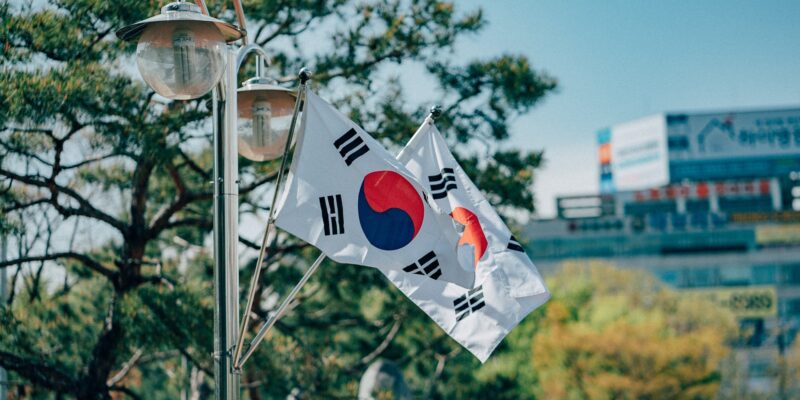South Korea’s Emissions Trading Scheme (ETS) has been operational since January 1, 2015, with the goal of being the primary policy to reduce the country’s greenhouse gas emissions by 30% from Business As Usual levels by 2020. The scheme covers companies with annual emissions of 125,000 tonnes or more, including power generators, large industries, buildings, and the transport sector. Notably, it covers all six Kyoto Protocol greenhouse gases, making it ground-breaking in its comprehensive approach.
The South Korean ETS is divided into three planning periods: the primary planning period (2015-2017), the secondary planning period (2018-2020), and the third planning period (2021-2025). The cap for the primary planning period is set at 1.69 billion tonnes of allowances, with allocations of 573Mt, 562Mt, and 551Mt for each year from 2015 to 2017. Free allowances are distributed based on historical emissions, taking into account planned changes in production that could significantly increase emissions. Additionally, there is a reserve of 89Mt to accommodate new entrants or unforeseen production increases.
Offset use is limited to 10% of the allocation, and allowances can be banked between phases. However, only Korean project-based Certified Emission Reductions (CERs) issued since 2010 are eligible; regular CERs are not accepted. There are also borrowing limits on allowances, allowing participants to borrow only 10% of the future year’s allocation for compliance in the current year.
The scheme has faced opposition from carbon market participants due to concerns about its ambitious target of a 30% reduction by 2020, which is seen as potentially hampering the South Korean economy. In comparison, Russia, the United States, Japan, and China have set less ambitious targets. Currently, the market is expected to be slightly short during the first phase.
Trading activity in the South Korean ETS has been limited, with approximately 10 trades executed so far. Factors contributing to this include non-covered companies being prohibited from trading, the absence of a significant forward market, substantial free allocations, and the perceived risk of government intervention (though significant market fluctuations would be required for intervention to occur).
The South Korean ETS is still in its early stages, and the demand and regulatory adjustments necessary to establish a meaningful market will come with time through a “learning-by-doing” approach.

